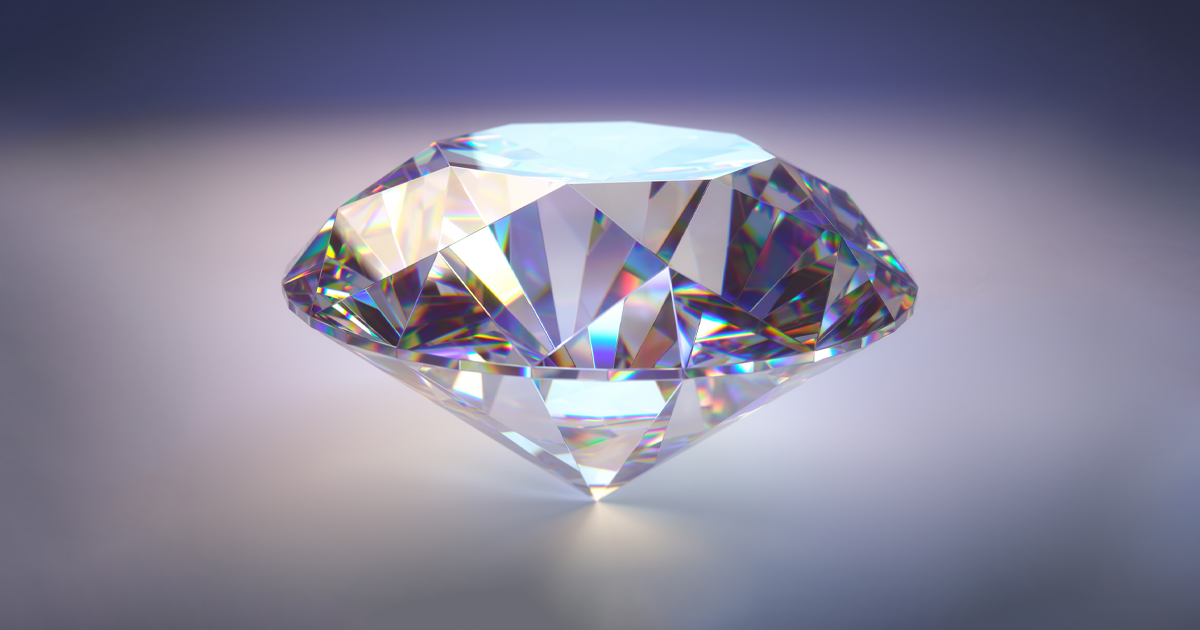As couples increasingly look for unique ways to express their love, lab-grown diamond engagement rings are becoming ever more popular. Lab-grown diamonds offer a variety of ethical and environmental advantages over traditional mined diamonds while still providing the same beauty and sparkle that symbolizes true love.
But what impact do these manmade gems have on the environment? In this article, we will explore how lab grown diamond engagement rings compare to mined diamonds when it comes to sustainability and responsible production. Well also discuss why many couples are opting for a greener, guilt-free way to say I do.
Impact on Carbon Footprint
The impact of lab-grown diamond engagement rings on the environment is undeniable. Lab-grown diamonds are carbon neutral and require less energy to produce than mined diamonds, meaning they have a much lower total carbon footprint. This is because they do not rely on digging up mines or deep sea drilling operations, which can be incredibly harmful to the environment. Additionally, lab-grown diamonds use fewer resources such as water and electricity during production compared to mined diamonds.
As such, using a lab-grown diamond for an engagement ring means that couples can source their stones responsibly without any environmental damage being done in the process. Furthermore, by avoiding traditional mining methods altogether there are no risks of pollutants entering water sources or air pollution from heavy machinery used in the process. Thus making it easier for couples to make ethical choices when selecting their wedding ring without compromising style or beauty.
In conclusion, investing in a lab-grown diamond engagement ring has far-reaching effects beyond just highlighting one’s commitment; it also sends out an important message about sustainable living and protecting our planet for future generations – something that all engaged couples should strive towards achieving together!
Water Usage and Conservation Benefits

Lab-grown diamonds are becoming an increasingly popular choice for engagement rings, and the environmental impact of their production is worth considering. Water usage and conservation benefits play a large part in the success of lab-grown diamond manufacturers. While mining operations require massive amounts of water to extract diamonds from the earth, lab-grown diamonds are made with minimal water use in comparison.
Additionally, as no land needs to be disturbed or contaminated by runoff during its production process, lab-grown diamonds can also benefit local ecosystems that depend on clean water sources like rivers and streams near diamond mines. By using less energy than traditional mining methods, such as electricity generated by renewable sources rather than fossil fuels, lab grown diamond producers help conserve natural resources while still providing beautiful jewelry pieces to customers worldwide.
Lab-grown diamonds have been shown to reduce carbon dioxide emissions too; due to their low energy requirements they produce much fewer emissions than mined stones do when it comes time for cutting and polishing them into intricate shapes ready for sale. This makes them a great option not only from an ethical standpoint but also from an environmental perspective as well!
Energy Consumption Reduction
The environmental impact of lab grown diamond engagement rings is largely due to the amount of energy it takes to produce them. While these diamonds are a great ethical choice for couples seeking an eco-friendly alternative, their manufacture requires extensive use of electricity which comes with its own set of environmental problems.
Fortunately, there are steps that can be taken to reduce energy consumption during production, including using renewable sources and more efficient manufacturing processes. By making small changes in how lab grown diamonds are produced, companies can drastically reduce their carbon footprint and make a big difference in preserving our planet’s resources for future generations.
Waste Generation Minimization

The environmental impact of lab-grown diamond engagement rings is more favorable than natural diamonds when it comes to waste generation. The process of creating a lab-grown diamond involves minimal waste, as the only byproduct created is water vapor. In comparison, mining operations for natural diamonds can produce hundreds of tons of toxic sludge and cause severe damage to the environment due to hazardous chemicals entering air and water sources.
On top of that, numerous issues related to labor exploitation have been reported in connection with traditional diamond mines. Additionally, since man-made diamonds are not subject to being cut into smaller sizes during production like their mined counterparts, they generate no additional waste while being crafted into jewelry pieces. As such, opting for a lab-grown option presents an environmentally friendly choice when considering what type of ring should be worn on your special day.
Pollution Avoidance
Lab-grown diamond engagement rings are an eco-friendly choice for couples looking to reduce their environmental impact while still having a symbol of their love. The production process of lab-grown diamonds is much more sustainable than that of mined diamonds, as it produces fewer emissions and less air pollution due to the lack of excavation needed.
Furthermore, there is no risk of damaging ecosystems when creating lab-grown diamonds which happens when mining for natural diamonds. To further reduce the environmental impact even more, couples can choose to find rings with recycled metals instead, such as gold or silver that have been sourced from post-consumer jewelry recycling programs.
Additionally, they should seek out jewelers who use low-energy technologies during the production process and avoid those who use harsh chemicals or materials in order to stay mindful about reducing their carbon footprint. By being conscious consumers and following these simple steps towards pollution avoidance, couples can ensure that their engagement ring stands as a symbol not only for love but also for protecting our planet’s future sustainability. 


